Black History Month 2019 – Recognizing African American Contributors to Medicine
Rebecca Lee Crumpler
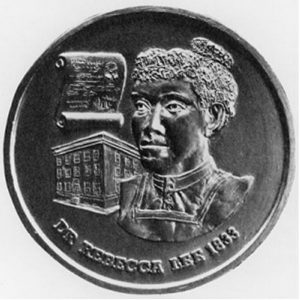
Photo Credit: Kate Kelly, americacomesalive.com
Dr. Rebecca Lee Crumpler was the first African American woman to receive a medical degree in 1864, the first African American woman physician in the United States, and is believed to have authored the first medical text ever written by an African American – man or woman – in 1883. The text is a book entitled, Book of Medical Discourses in Two Parts.
Born in 1831, Dr. Crumpler first worked as a nurse in Massachusetts between 1852 and 1860. She was accepted to New England Female Medical College and earned a medical degree in 1864. She practiced medicine in Boston and Richmond, Virginia, primarily working with the poor, who had limited access to medical care.
To learn more about Dr. Crumpler, consider reading PBS News Hour’s Celebrating Rebecca Lee Crumpler, first African American Woman Physician and Time’s Rebecca Lee Crumpler, A Medical Milestone.
Patricia Bath
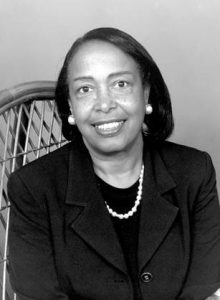
Photo Credit: Changing the Face of Medicine
Dr. Patricia Bath is the first African American to complete a residency in ophthalmology in 1973 at New York University. Prior to becoming a first, she earned her medical degree from Howard University’s School of Medicine. Following her residency, Dr. Bath earned another first – becoming the first woman ophthalmologist appointed to the faculty of the University of California at Los Angeles School of Medicine Jules Stein Eye Institute. Additionally, Dr. Bath is the first African American woman physician to receive a medical patient for her Lasephaco Probe – a device she invented to improve cataract treatment. Finally, Dr. Bath was the first woman to chair an ophthalmology residency program in the United States – Charles R Drew/UCLA Medical Education Program.
For more information about Dr. Bath’s professional journey, consider reading Changing the Face of Medicine and Biography’s profiles of her.
Charles Richard Drew
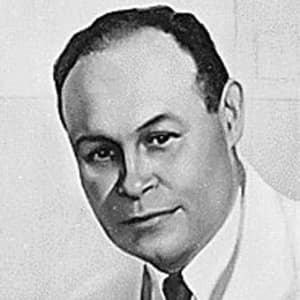
Photo Credit: Biography
Dr. Charles Richard Drew, an African American surgeon and researcher, organized the first large-scale blood bank in the United States. Earning a medical degree from McGill University School of Medicine in 1933, Dr. Drew became a faculty instructor at Howard University, later an instructor in surgery and an assistant surgeon at Freedman’s Hospital.
As World War II casualties increased, the need for blood plasma intensified. Dr. Drew was selected as medical director of the Blood for Britain Project – successfully collecting 14,500 pints of vital plasma for the British. He was then appointed as director of the first American Red Cross Blood Bank in 1941 – leading efforts in charge of blood for use by the United States Army and Navy. As Director, Dr. Drew called for inclusion of African American blood in plasma-supply networks, which had been excluded during that time. The armed forces rejected Dr. Drew’s arguments, ruling in 1942 that African American blood would be accepted yet mandating its storage separate from that of whites. Such racism prompted Dr. Drew’s resignation.
Dr. Drew died on April 1, 1950, in Burlington, North Carolina in a car accident while en route to a conference. Despite the prompt and competent care he received from the white physicians at a nearby hospital, he was too badly injured to survive. Because of widespread and commonplace racism and discriminatory practices during that era, many believe Dr. Drew died from being denied admission to the white hospital or was denied a blood transfusion. These suppositions have been debunked repeatedly.
The United States National Library of Science and the Charles Drew University of Medicine and Science offer extensive accounts of Dr. Drew’s life story.
Daniel Hale Williams
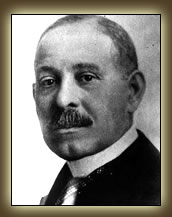
Photo Credit: Jackson Heart Study Graduate Training & Education Center
In 1893, Dr. Daniel Hale Williams became the first surgeon to perform open-heart surgery on a human being – James Cornish – at Provident Hospital in Chicago. Founded in 1891 by Dr. Williams, Provident is the first hospital owned and operated by an African American in the United States. Dr. Williams performed Cornish’s open heart surgery without X-rays, antibiotics, surgical prep-work, or tools of modern surgery. Cornish was discharged 51 days later. In 1894, Dr. Williams moved to Washington, DC. As Chief Surgeon of the Freedmen’s Hospital, he focused on addressing health disparities via calls to employ multiracial health professionals. He co-founded the National Medical Association in 1895 – a professional organization accepting African American healthcare providers banned from the exclusively white American Medical Association.
Jackson Heart Study Graduate Training and Education Center offers a more in-depth account of Dr. Williams’ medical achievements. Learn more about Provident Hospital here.
Mary Eliza Mahoney

Photo Credit: New York State Nurses Association
Mary Mahoney is the first African American to earn a professional nursing license – graduating from New England Hospital for Women and Children’s nursing school in 1879. Mahoney also was among the first African American members of the American Nurses Association (ANA). In 1976, Mahoney was one of the Nursing Hall of Fame inaugural inductees. Once licensed, Mahoney did not pursue a career in public nursing due to racism and discrimination – socially accepted and routine in the United States. Mahoney chose to be a private nurse, focusing on providing individualized care. Comprising mostly wealthy whites, her patients resided along the East Coast.
The Mary Mahoney Award – founded in 1936 by the National Association for Colored Graduate Nurses – elevates nurses or groups of nurses promoting integration within their profession. The American Nurses Association – starting in 1952 – continues to bestow the award today.
The National Women’s History Museum and the American Association for the History of Nursing provide additional insight into Mahoney’s work.
Helen Octavia Dickens
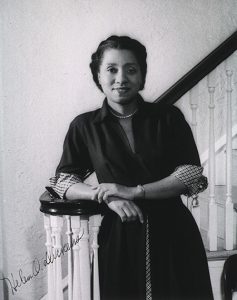
Photo Credit: National Library of Science
Helen Octavia Dickens, MD, FACS – a surgeon and professor in obstetrics and gynecology – was the first female African American Fellow of the American College of Surgeons. Dr. Dickens graduated from Illinois College of Medicine, Chicago in 1934; she was the only African American woman in a class of 137 students. Dr. Dickens completed her residency in obstetrics at Provident Hospital in Chicago, thereafter joining Dr. Virginia Alexander in a birthing-home practice in Philadelphia.
In 1945, Dr. Dickens became the first American Board of Obstetrics and Gynecology board certified African American in Philadelphia. She was appointed director of Philadelphia’s Department of Obstetrics and Gynecology at Mercy Douglass Hospital that same year. Dr. Dickens was named Chief of Obstetrics and Gynecology at Women’s Hospital—later taken over by the University of Pennsylvania in 1951. In 1965, Dr. Dickens became an instructor in the Department of Obstetrics and Gynecology at the University of Pennsylvania School of Medicine. She became a full professor in 1976 and professor emeritus in 1985.
The American College of Surgeons provides a deeper dive into Dr. Dickens medical career.